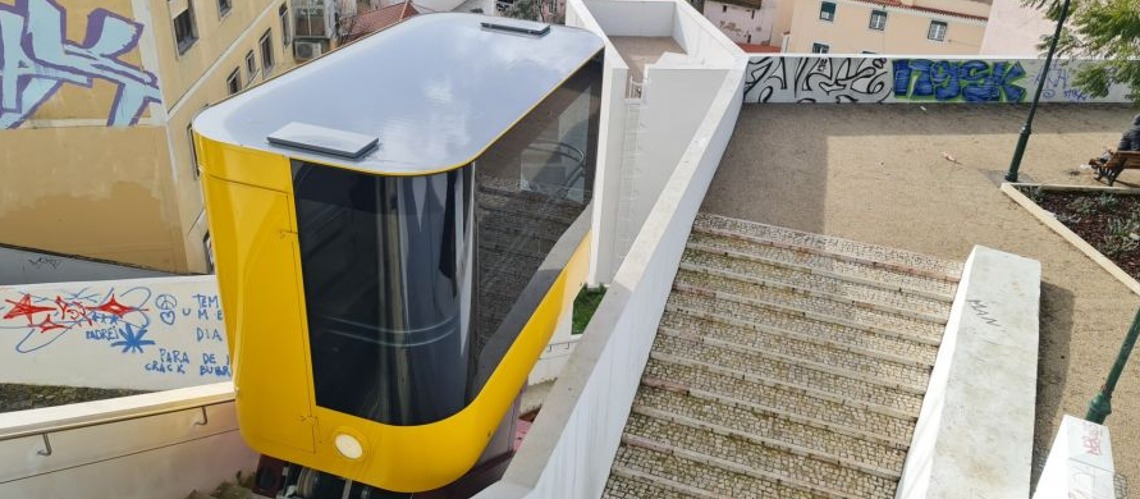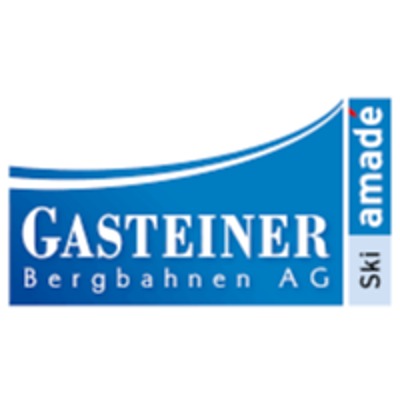Calag Gangloff Works On Part Of Lisbon's Cable Car History

Due to its topography, the city of Lisbon has been home to urban cable cars for over 100 years. Three 19th century cable cars are still in use today as part of the public transport network and as an attraction for the city's many tourists. Now another cable car has been added. Since March 12th, Lisbon has had another cable car, the Funicular da Graça, which connects the Mouraria district (Rua dos Lagares) with the Miradouro Sophia de Mello Breyner Andresen (often referred to as Miradouro da Graça). The cable car was built by Steurer Seilbahnen, and the cabin was built by Calag Gangloff.
The new lift is intended to make it easier to climb the hill and also to promote the upgrading of the district. The lift consists of a cabin with space for 15 people, which overcomes the short but steep hill. The inauguration was long awaited, as construction of the facility had already begun in 2016. However, construction work was interrupted several times, partly due to archaeological finds. The brand new lift now makes it easier for tourists and locals to climb Graça Hill every day from 9 a.m. to 9 p.m. every 10 minutes.
The cabin of the train is visually modeled on the historic cable cars of Lisbon, Ascensor do Lavra, Ascensor da Gloria, Ascensor da Bica. The bright yellow of the cabin was complemented by a generous glass front to offer passengers the best possible view of the city during the journey. In terms of shape, a narrow cabin was deliberately designed in order to be able to transport as many people as possible per trip despite the tight conditions on site. Inside, the cabin impresses with its elegant wooden paneling on the wall elements and a wooden slatted floor. A folding bench in matching wood allows 2-3 guests to sit when the cabin is not at full capacity. Particularly noteworthy, in addition to the elegant cabin of the inclined lift, is the beautifully designed mountain and valley station of the facility, which is completely white. The Funicular da Graca is therefore a prime example of how a new cable car can be installed in existing, ancient city regions and does not differ from the historical systems in terms of charm and elegance. Since its opening, the new railway has been very well received by both the regional population and tourists.
The cabin is one-of-a-kind and was built by Calag Gangloff in Switzerland on behalf of the cable car manufacturer Steurer. The local architectural firm Atelier Bugio is responsible for the architecture of the train and the design of the cabin and the stations.













